Home>Articles>What Size Drill Bit For Running Electrical Wire
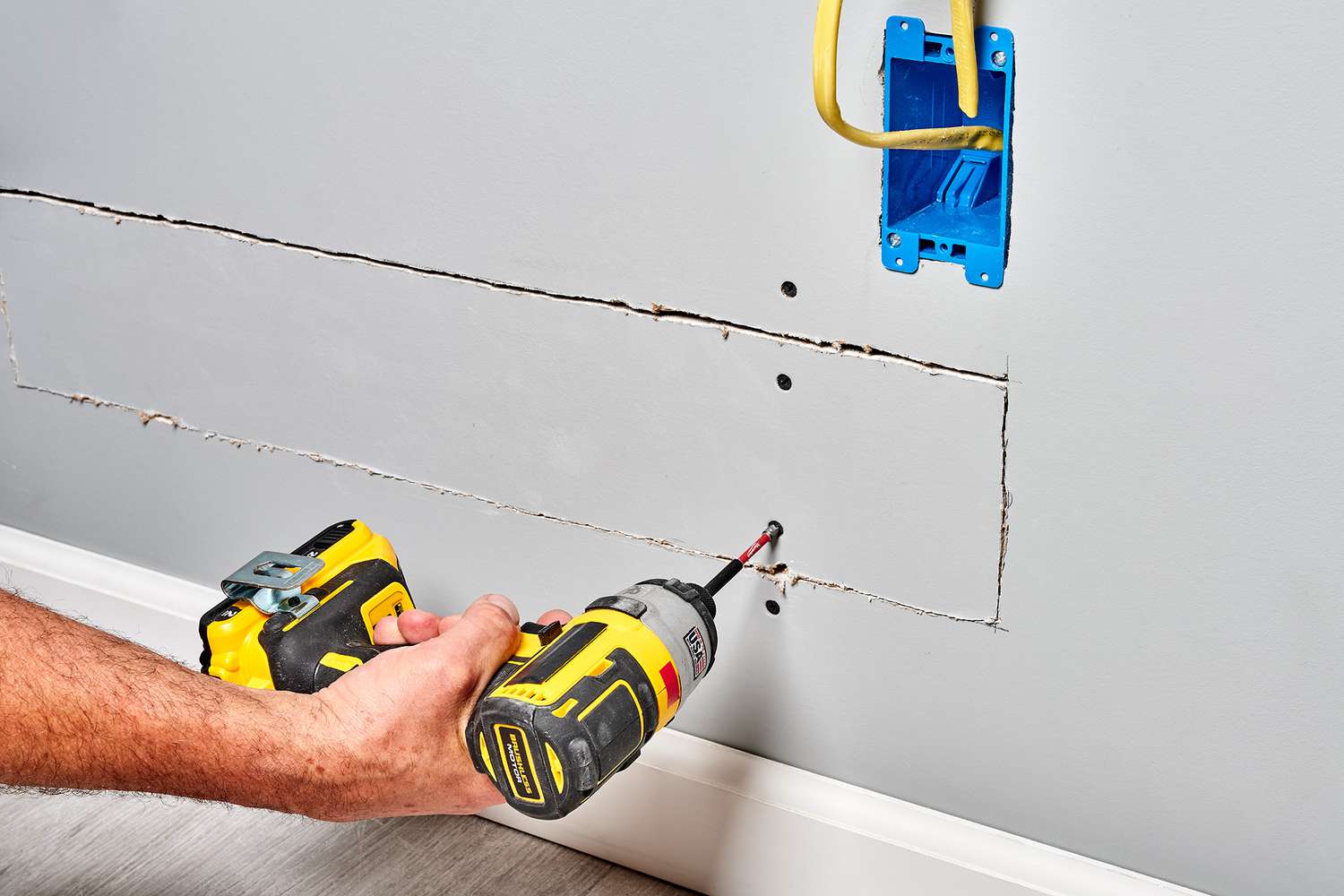

Articles
What Size Drill Bit For Running Electrical Wire
Modified: October 20, 2024
Looking for information on what size drill bit to use for running electrical wire? Our articles provide the answers you need to complete your project efficiently and safely.
(Many of the links in this article redirect to a specific reviewed product. Your purchase of these products through affiliate links helps to generate commission for Storables.com, at no extra cost. Learn more)
Introduction
When it comes to running electrical wire, choosing the right drill bit size is crucial. A drill bit that is too small can damage the wire, while one that is too large may result in a loose connection. Having the appropriate drill bit size ensures a secure and efficient installation of electrical wires.
In this article, we will explore the factors to consider when selecting a drill bit for running electrical wire. We will also discuss the common drill bit sizes for different wire gauges and the types of drill bits suitable for this task. Additionally, we will provide some helpful tips for drilling holes during the electrical wire installation process.
Whether you are a professional electrician or a DIY enthusiast, understanding the correct drill bit size for running electrical wire is essential for a successful and safe wiring project.
Key Takeaways:
- Choosing the right drill bit size and type is essential for secure and efficient electrical wire installation. Matching drill bit size to wire gauge ensures a proper fit, reducing the risk of loose connections.
- Different types of drill bits are designed for specific materials and applications, ensuring accurate and efficient drilling without damaging the wire or drilling surface. Following proper procedures and safety measures is crucial for a successful wiring project.
Read more: What Electrical Wire To Run Underground
Factors to Consider When Choosing a Drill Bit for Running Electrical Wire
Before selecting a drill bit for running electrical wire, there are several factors to take into consideration. These factors will ensure that you choose the right size and type of drill bit for your specific wiring needs. Here are some key factors to consider:
- Wire Gauge: The wire gauge refers to the thickness or diameter of the wire. Different wire gauges require different drill bit sizes. It is important to match the drill bit diameter to the wire gauge to ensure a proper fit and a secure connection. Refer to a wire gauge chart or consult an electrician to determine the appropriate drill bit size for your specific wire gauge.
- Material of the Drill Bit: The material of the drill bit is an important factor to consider. For drilling through wood, a standard high-speed steel (HSS) drill bit is usually sufficient. However, if you need to drill through harder materials such as concrete or metal, you may require a specialized drill bit made of carbide or cobalt. Using the correct drill bit material will ensure efficient drilling and minimize the risk of damaging the wire or the drill bit itself.
- Length of the Drill Bit: The length of the drill bit needed will depend on the thickness of the material you are drilling through. For example, if you are drilling through a thick wall, you will need a longer drill bit to ensure that the wire can pass through without any obstructions. Before drilling, measure the thickness of the material to determine the appropriate length of the drill bit.
- Size of the Hole: The size of the hole you need to drill will also affect the choice of drill bit. Consider the size of the electrical box or conduit that the wire will be passing through. You want to ensure that the hole is the right size to allow for easy passage of the wire without any excessive slack. It is advisable to measure the diameter of the electrical box or conduit and choose a drill bit that matches or is slightly larger.
- Drill Type: Different types of drills, such as corded drills or cordless drills, may have varying specifications for drill bit compatibility. Ensure that the drill bit you choose is compatible with the drill you will be using for the wire installation.
By considering these factors, you can select the appropriate drill bit size and type for running electrical wire. This will contribute to a successful and safe wire installation process.
Common Drill Bit Sizes for Running Electrical Wire
When it comes to running electrical wire, there are specific drill bit sizes that are commonly used for different wire gauges. It is important to choose the correct drill bit size to ensure a secure and proper fit for the wire. Here are some of the common drill bit sizes used for running electrical wire:
- 1/4-inch Drill Bit: This size is typically used for routing cables or wires through walls or ceilings. It is commonly used for smaller wire gauges, such as 14 or 16 gauge wires.
- 3/8-inch Drill Bit: The 3/8-inch drill bit is commonly used for running wires through walls or joists. It can accommodate larger wire gauges, such as 12 or 10 gauge wires.
- 1/2-inch Drill Bit: The 1/2-inch drill bit is ideal for drilling larger holes to accommodate multiple wires or thicker cables. It is commonly used when running electrical wires for heavy-duty applications.
- 3/4-inch Drill Bit: This size is typically used for drilling holes to route multiple cables or wires through walls or floors. It provides ample space for running several wires simultaneously.
- 1-inch Drill Bit: The 1-inch drill bit is commonly used for running larger conduit or tubing for electrical wire installations. It allows for easy passage of thick cables or multiple wires.
It is important to note that these drill bit sizes are general recommendations and may vary depending on the specific wiring requirements and local electrical codes. It is always a good idea to consult a wire gauge chart or an electrician to determine the appropriate drill bit size for your specific wire gauge and installation needs.
By using the right drill bit size for running electrical wire, you can ensure a proper and secure installation, promoting efficient electrical conductivity and minimizing the risk of loose connections.
Matching Drill Bit Size to Wire Gauge
Matching the drill bit size to the wire gauge is essential for a secure and proper fit during electrical wire installation. The drill bit size determines the diameter of the hole, allowing the wire to pass through without causing damage or creating excessive slack. Here are some guidelines for matching the drill bit size to the wire gauge:
1. 14-Gauge Wire: For 14-gauge wire, which is commonly used for general household electrical circuits, a 1/4-inch drill bit is typically recommended. This size provides enough space for the wire to pass through easily without any restrictions.
2. 12-Gauge Wire: When working with 12-gauge wire, which is commonly used for heavier loads such as kitchen appliances or power tools, a 3/8-inch drill bit is commonly used. This size accommodates the slightly larger diameter of the 12-gauge wire.
3. 10-Gauge Wire: For hefty applications such as high-power air conditioners or heavy machinery, 10-gauge wire is often used. To accommodate the larger diameter of this wire, a 1/2-inch drill bit is typically recommended.
4. 8-Gauge Wire or Thicker: If you’re dealing with 8-gauge wire or thicker, such as for industrial equipment or larger electrical installations, a 3/4-inch or even a 1-inch drill bit may be necessary. These larger drill bit sizes provide the required space for the thicker wires to pass through.
Keep in mind that the drill bit size should always match or slightly exceed the diameter of the wire being used. It is advisable to consult a wire gauge chart or seek guidance from an electrician to ensure the optimal drill bit size for your specific wire gauge.
By matching the drill bit size to the wire gauge, you can ensure a secure and proper fit, allowing for efficient electrical conductivity and reducing the risk of loose connections during your electrical wire installation.
When running electrical wire, use a drill bit that is slightly larger than the diameter of the wire to ensure a smooth and easy installation. For example, a 3/4 inch drill bit is suitable for running 1/2 inch electrical wire.
Different Types of Drill Bits for Running Electrical Wire
When it comes to drilling holes for running electrical wire, there are various types of drill bits available, each designed for specific materials and applications. Choosing the right drill bit type will ensure efficient drilling and prevent damage to the wire or the drilling surface. Here are some of the different types of drill bits commonly used for running electrical wire:
- Twist Drill Bits: Twist drill bits are the most common type of drill bits and are suitable for drilling through wood, plastic, and softer materials. They feature a pointed tip and flutes along the length of the bit to assist with chip removal. These bits are versatile and widely used for general electrical wire installations.
- Spade or Paddle Bits: Spade or paddle bits are designed specifically for drilling large holes in wood. They have a flat, paddle-shaped tip and a wide, flat body. These bits are commonly used when running electrical wires through studs or joists.
- Installer Bits: Installer bits, also known as bell hanger bits, are designed for drilling through walls, ceilings, and floors. These bits have a long, flexible shaft and a hole near the tip for pulling wires through. They are often used when running electrical wires in hard-to-reach areas or when navigating obstacles.
- Step Bits: Step bits, also known as cone bits or step drills, are ideal for drilling holes of various sizes. They have a stepped design with multiple diameters, allowing you to drill holes of different sizes without needing to switch between different drill bits. Step bits are commonly used when running electrical wires through metal surfaces.
- Masonry Bits: Masonry bits are designed for drilling through tough materials such as concrete, brick, or stone. These bits feature a carbide tip that is capable of withstanding the hardness of masonry surfaces. If you are running electrical wires in a concrete wall or floor, masonry bits are essential for drilling the necessary holes.
Choosing the appropriate drill bit type depends on the material you are drilling through and the specific requirements of your electrical wire installation. It is important to select the right drill bit to ensure clean and precise holes without damaging the wire or the drilling surface.
Remember to always use the correct type of drill bit for the specific material you are drilling, and follow safety guidelines to prevent injuries or accidents. If you are unsure about the best drill bit type for your project, consult an electrician or a knowledgeable professional.
By using the right drill bit type for running electrical wire, you can achieve accurate and efficient drilling, resulting in a successful and safe wire installation.
Tips for Drilling Holes for Electrical Wire Installation
When drilling holes for electrical wire installation, it is important to follow proper procedures to ensure a safe and successful wiring project. Here are some helpful tips to keep in mind when drilling holes for electrical wire:
- Plan the Route: Before drilling any holes, carefully plan the route that the electrical wire will take. Consider obstacles, such as studs, joists, or other existing wiring, and identify the best path to avoid any interference. This will help determine the location and number of holes you will need to drill.
- Measure and Mark: Use a measuring tape and a pencil to mark the precise locations where the holes for the electrical wire will be drilled. Accurate measurements ensure that the wire will be properly aligned and that the holes will be drilled in the correct position.
- Use a Stud Finder: If you are drilling holes in a wall or ceiling, use a stud finder to locate any studs or other structural elements that you need to avoid. This will prevent accidental damage to the structure and ensure that the wire is installed securely.
- Start with a Pilot Hole: When drilling into wood or drywall, it is a good idea to start with a pilot hole. A small pilot hole helps guide the larger drill bit and prevents splintering or cracking of the material. Use a smaller drill bit, typically 1/8-inch or 3/16-inch, to create a pilot hole before drilling the final hole with the appropriate drill bit size.
- Drill Straight: Maintain a steady hand and drill straight when creating the holes for the electrical wire. This ensures that the holes are precise and properly aligned. Drilling at an angle can cause the wire to be misrouted or make it difficult to insert the wire into the hole.
- Use Proper Safety Gear: Always wear safety goggles to protect your eyes from debris or flying particles while drilling. If you are working in a confined space or with potentially hazardous materials, consider wearing a dust mask and gloves for added protection.
- Control Drill Speed: Use the appropriate drill speed for the material you are drilling. High-speed settings are typically used for wood, while lower speeds are recommended for drilling into metal or masonry. Controlling the drill speed helps prevent overheating and ensures a clean and smooth hole.
- Clean Up Debris: After drilling the holes, clean up any debris or wood shavings that may have accumulated. This prevents any obstructions that may interfere with the wire installation process, ensuring a smooth and secure fit.
Remember, if you are unsure about any aspect of drilling holes for electrical wire installation, it is always best to consult with a qualified electrician or professional. They can provide guidance and ensure that the wiring project is carried out safely and correctly.
By following these tips, you can ensure accurate and precise drilling, resulting in a successful and efficient electrical wire installation.
Conclusion
Choosing the right drill bit size and type is crucial when running electrical wire for any wiring project. By considering factors such as wire gauge, drill bit material, hole size, length, and drill type, you can ensure a secure and efficient installation.
Understanding the common drill bit sizes for different wire gauges allows you to select the appropriate size to accommodate the wire diameter properly. Matching the drill bit size to the wire gauge ensures a secure and proper fit, minimizing the risk of loose connections.
Different types of drill bits are designed for specific materials and applications. By using the right drill bit type, such as twist drill bits, spade or paddle bits, installer bits, step bits, or masonry bits, you can drill holes accurately and efficiently without causing damage to either the wire or the drilling surface.
When drilling holes for electrical wire installation, following proper procedures is essential. Planning the route, measuring and marking, using a stud finder, starting with a pilot hole, drilling straight, and wearing proper safety gear are all important steps to ensure a safe and successful wiring project.
By implementing these tips and guidelines, you can drill holes for electrical wire installation with confidence, laying the foundation for a secure and reliable electrical system. Whether you are a professional electrician or a DIY enthusiast, taking the time to select the right drill bit and following proper drilling techniques will result in a successful wire installation and help you achieve your electrical wiring goals.
Remember, if you are unsure or uncomfortable with any aspect of the electrical wire installation process, it is always best to consult with a qualified professional who can provide expert guidance and ensure the job is done safely and accurately.
With the right tools, knowledge, and precautions, you can successfully run electrical wire and embark on your wiring projects with confidence!
Now that you've got a handle on choosing the right drill bit size for your electrical wiring projects, why not expand your knowledge further? Dive into our detailed guide on setting up overhead lines with our piece on how to run electrical wire to a garage. You'll discover practical steps and safety tips that ensure your wiring is both efficient and up to code. Whether you're a seasoned DIYer or a newbie, this article is packed with essential insights that'll power up your next project.
Frequently Asked Questions about What Size Drill Bit For Running Electrical Wire
Was this page helpful?
At Storables.com, we guarantee accurate and reliable information. Our content, validated by Expert Board Contributors, is crafted following stringent Editorial Policies. We're committed to providing you with well-researched, expert-backed insights for all your informational needs.
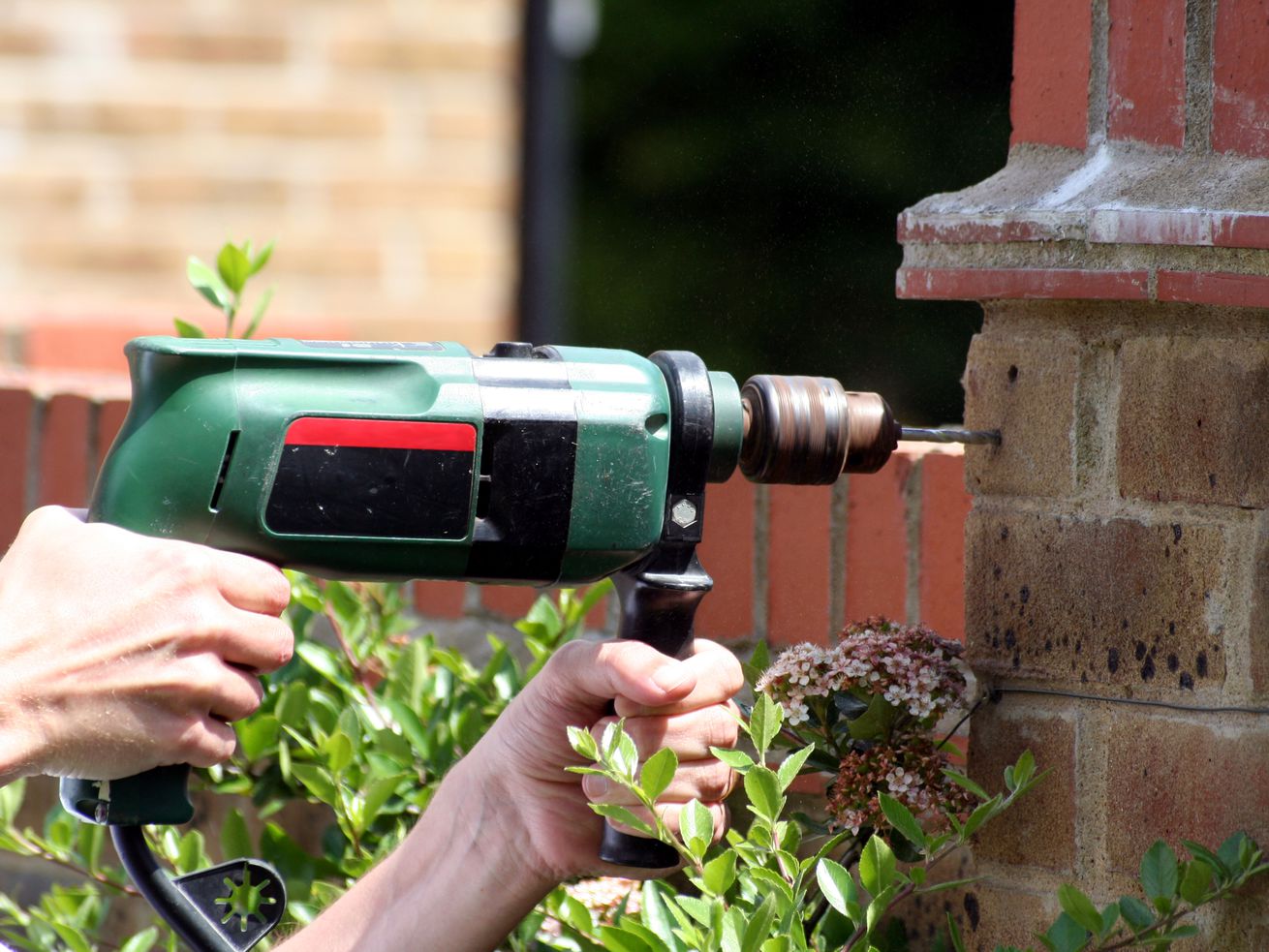
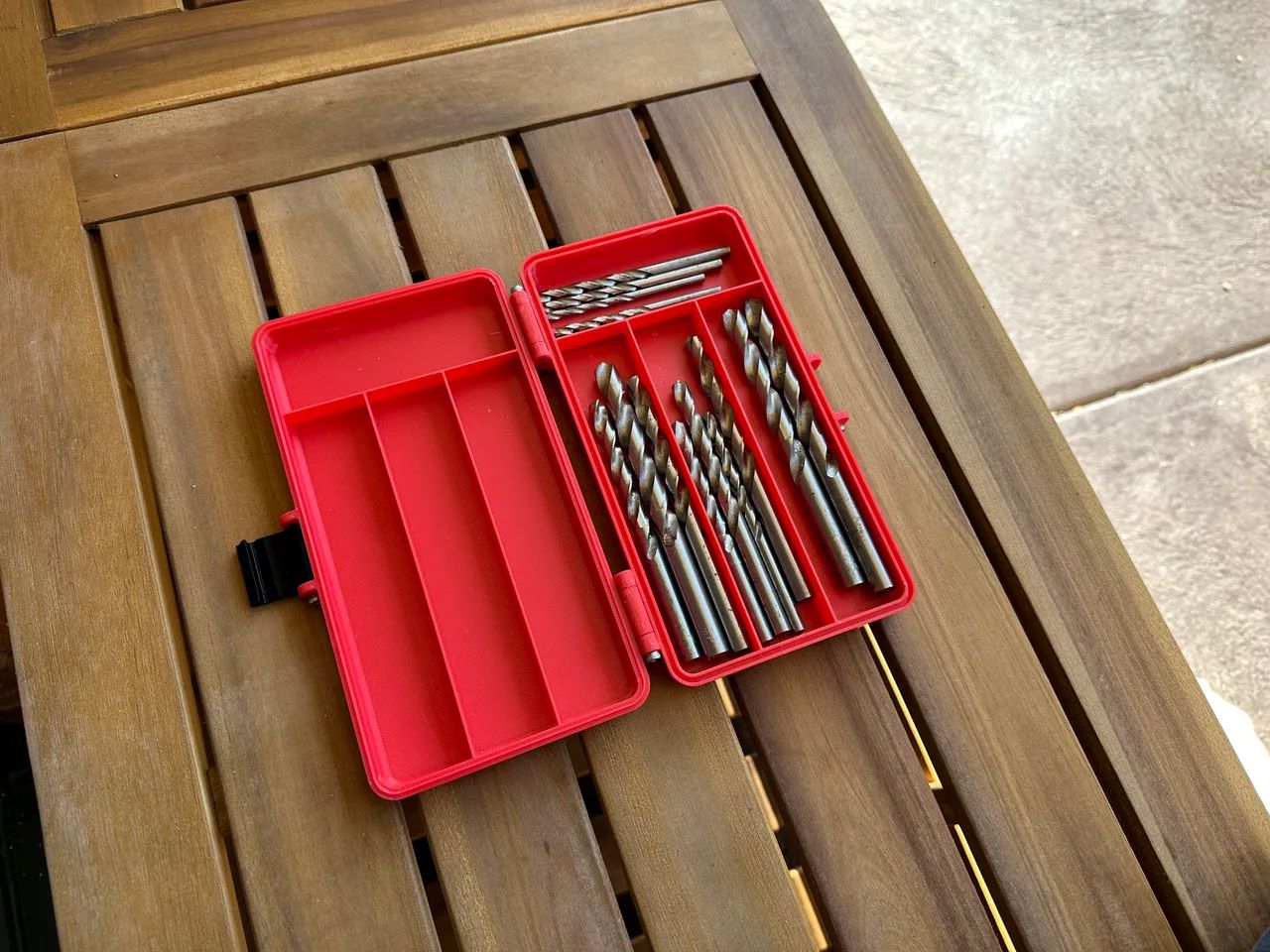
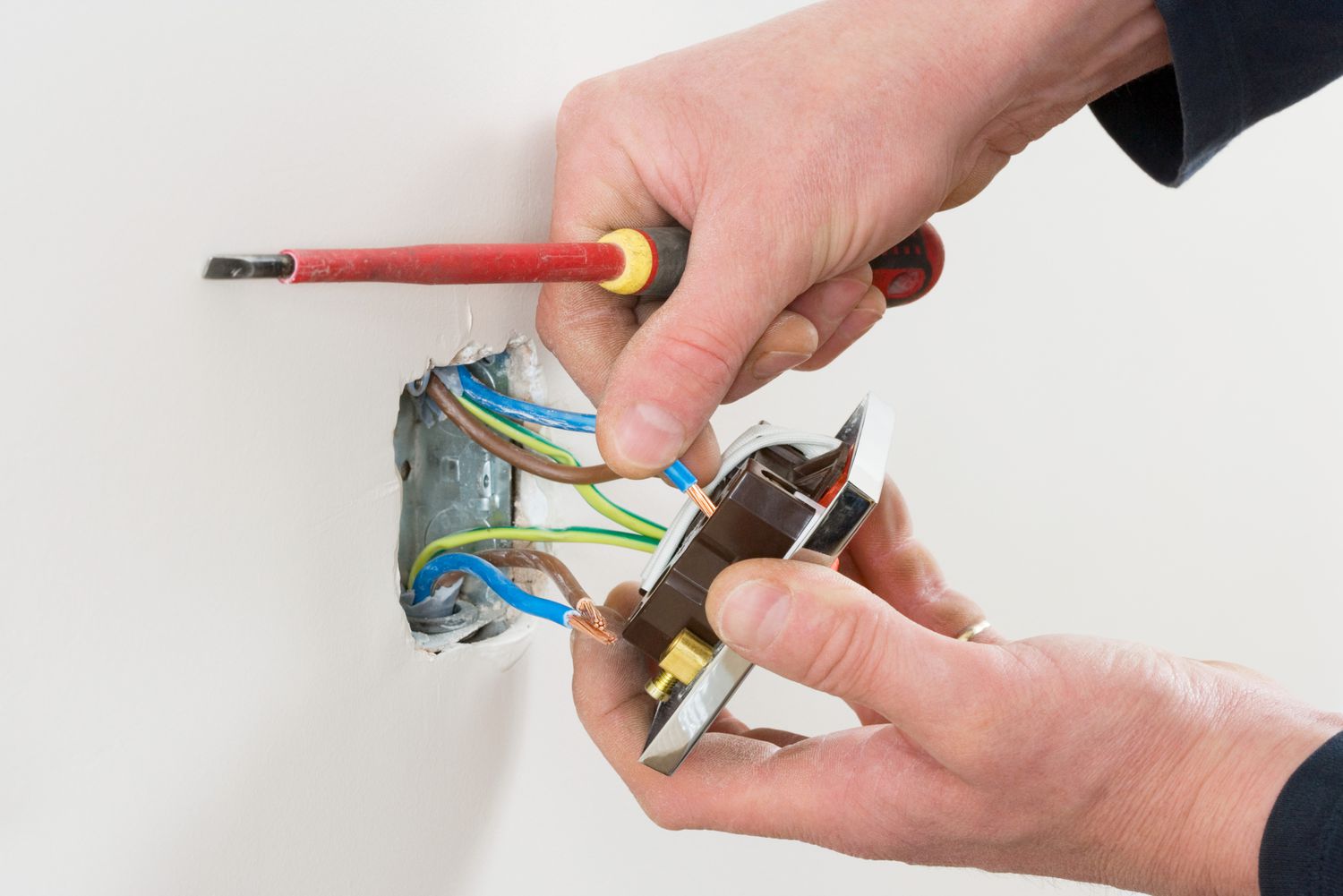
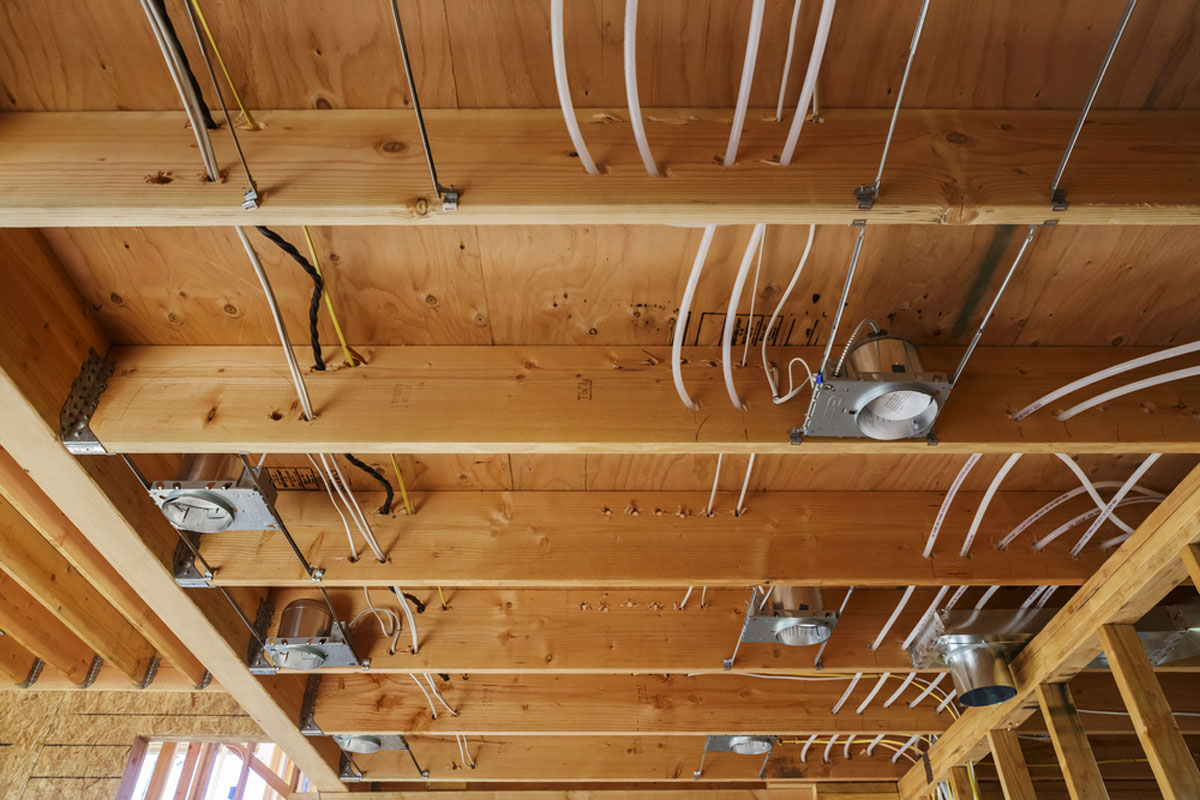
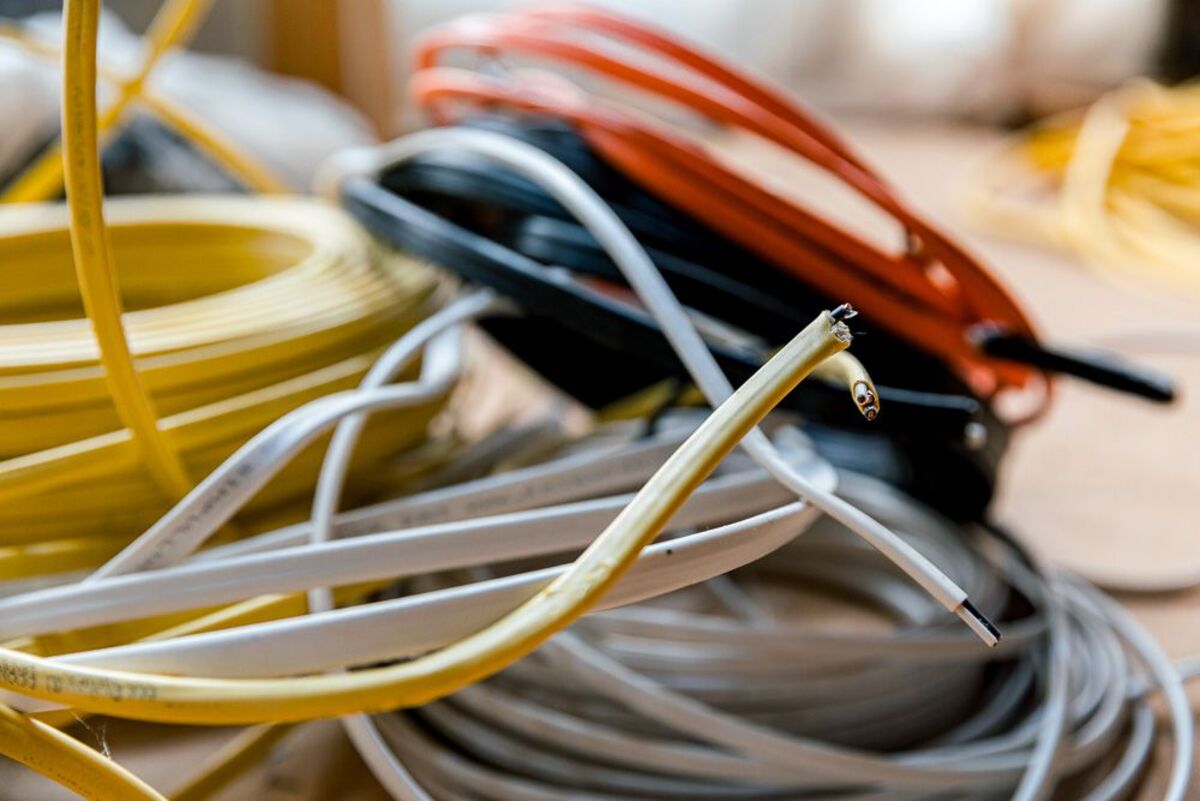
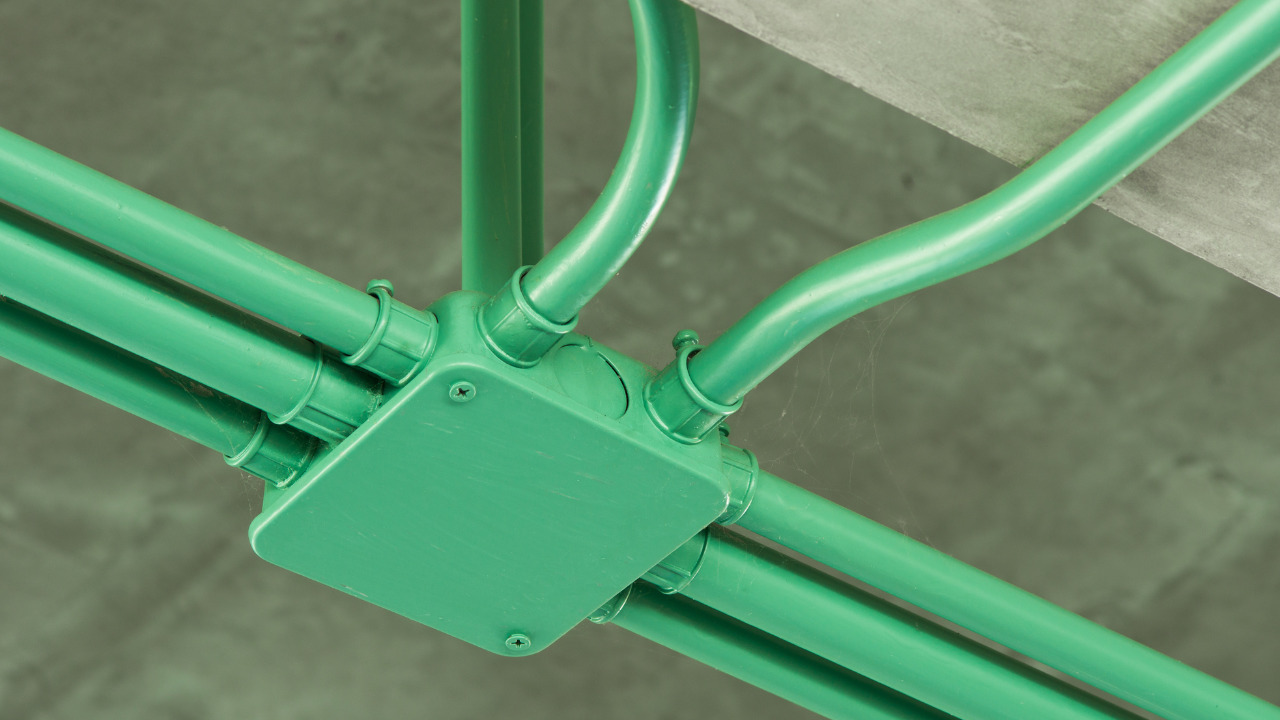
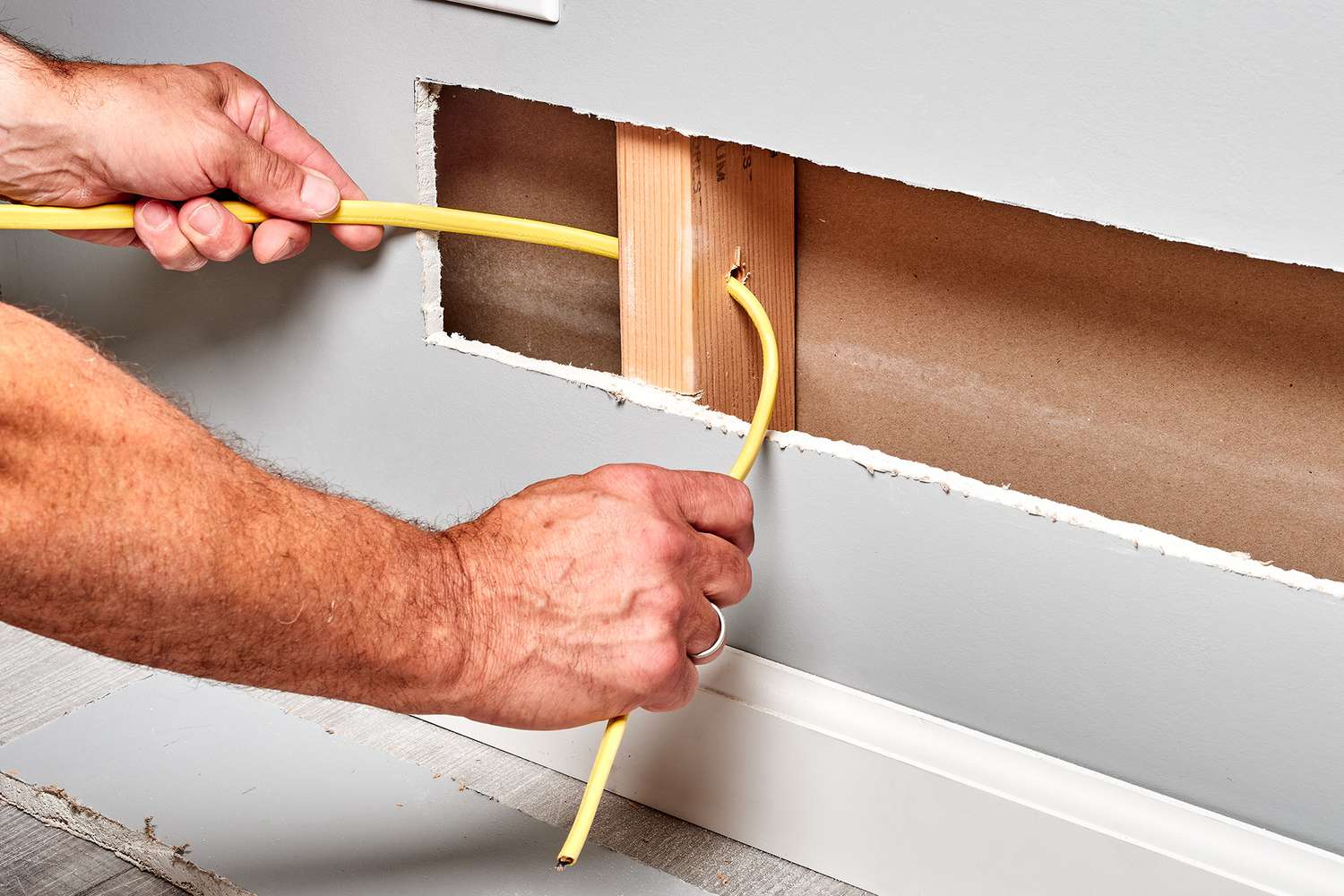
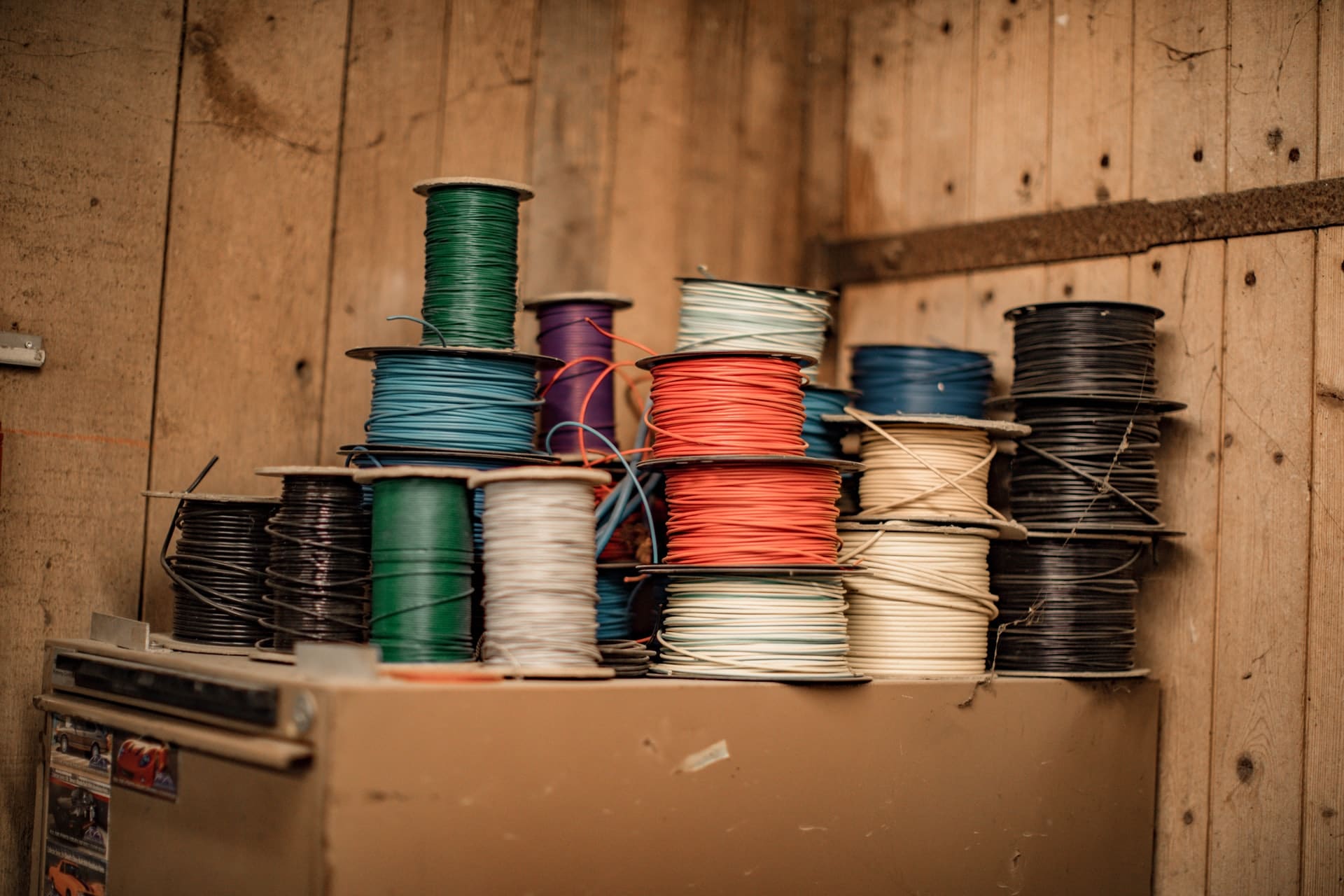
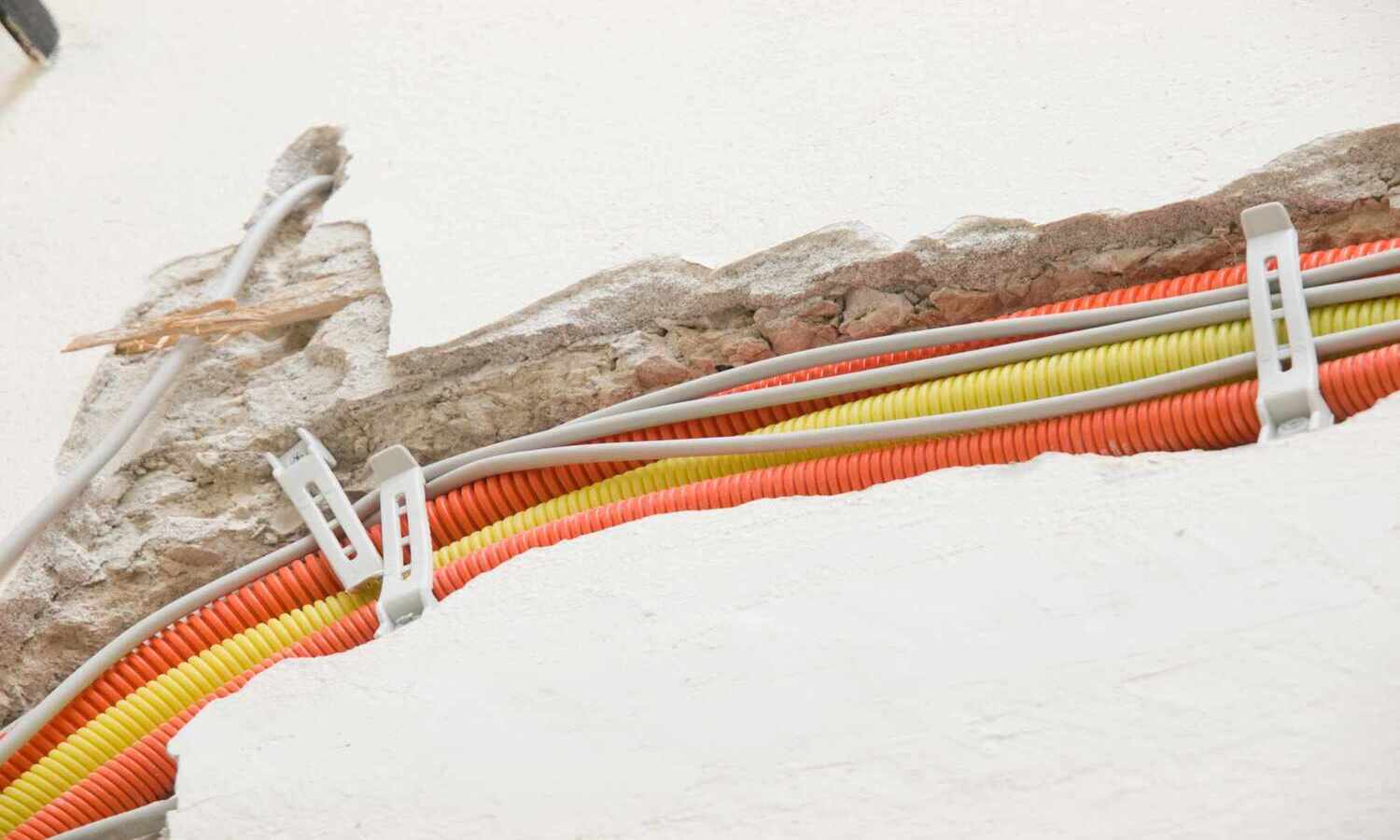
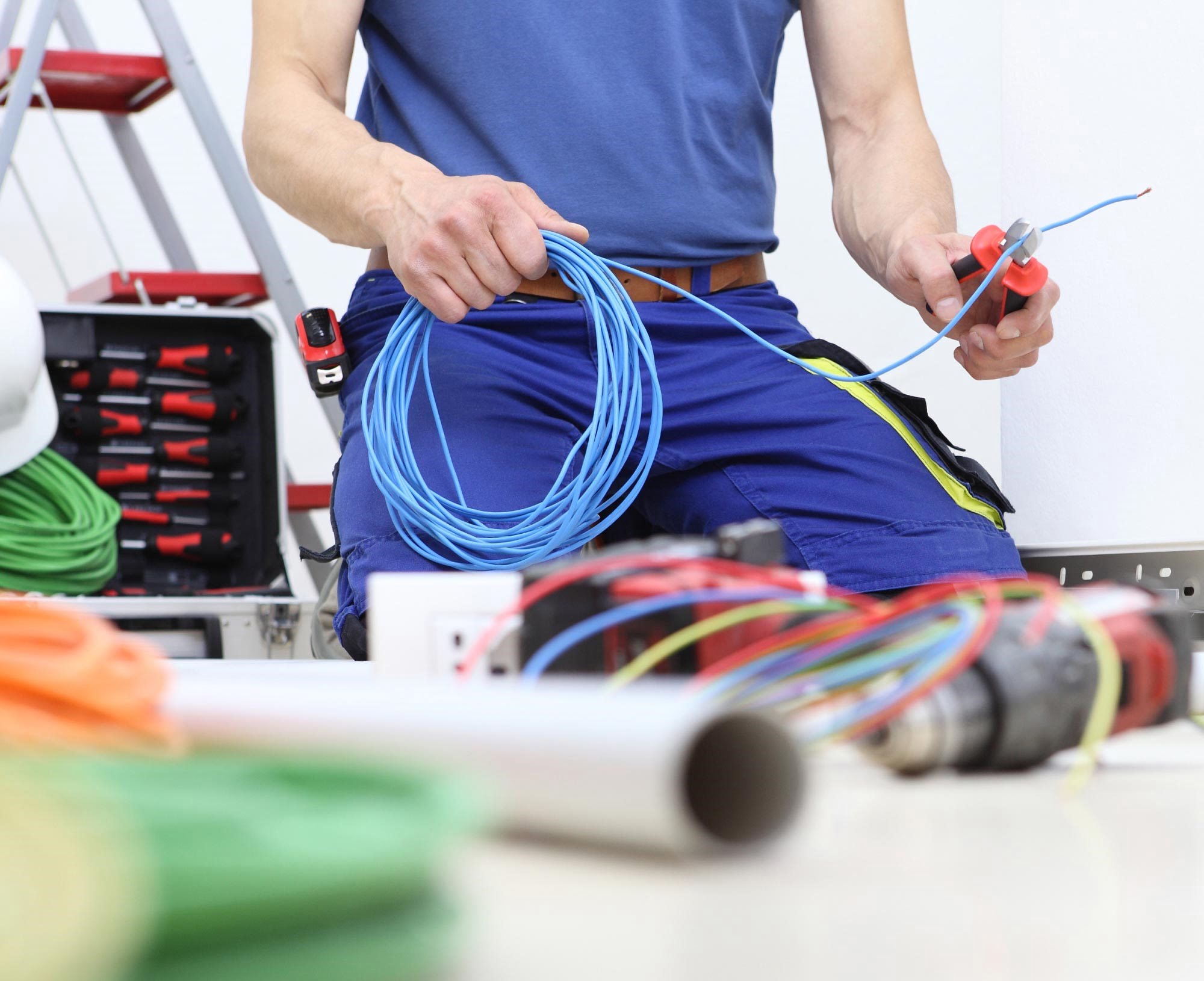
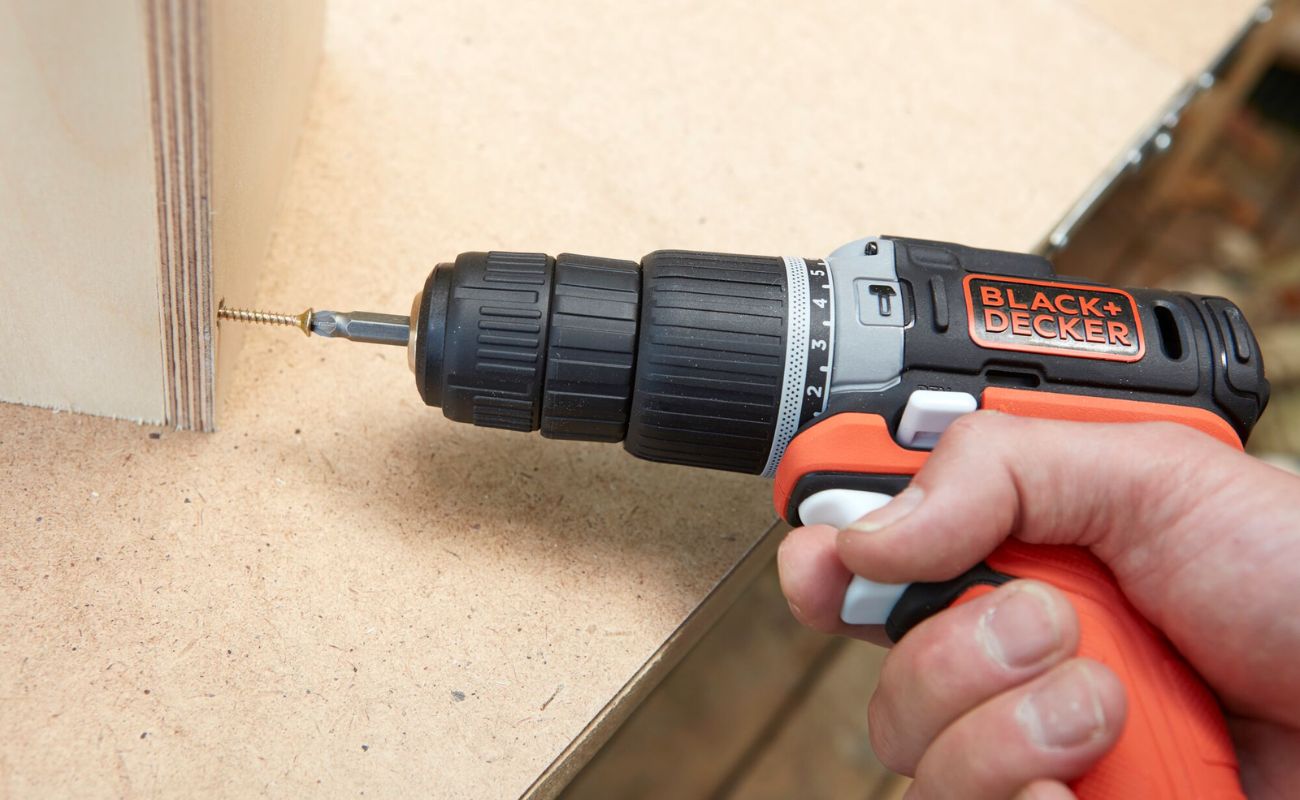
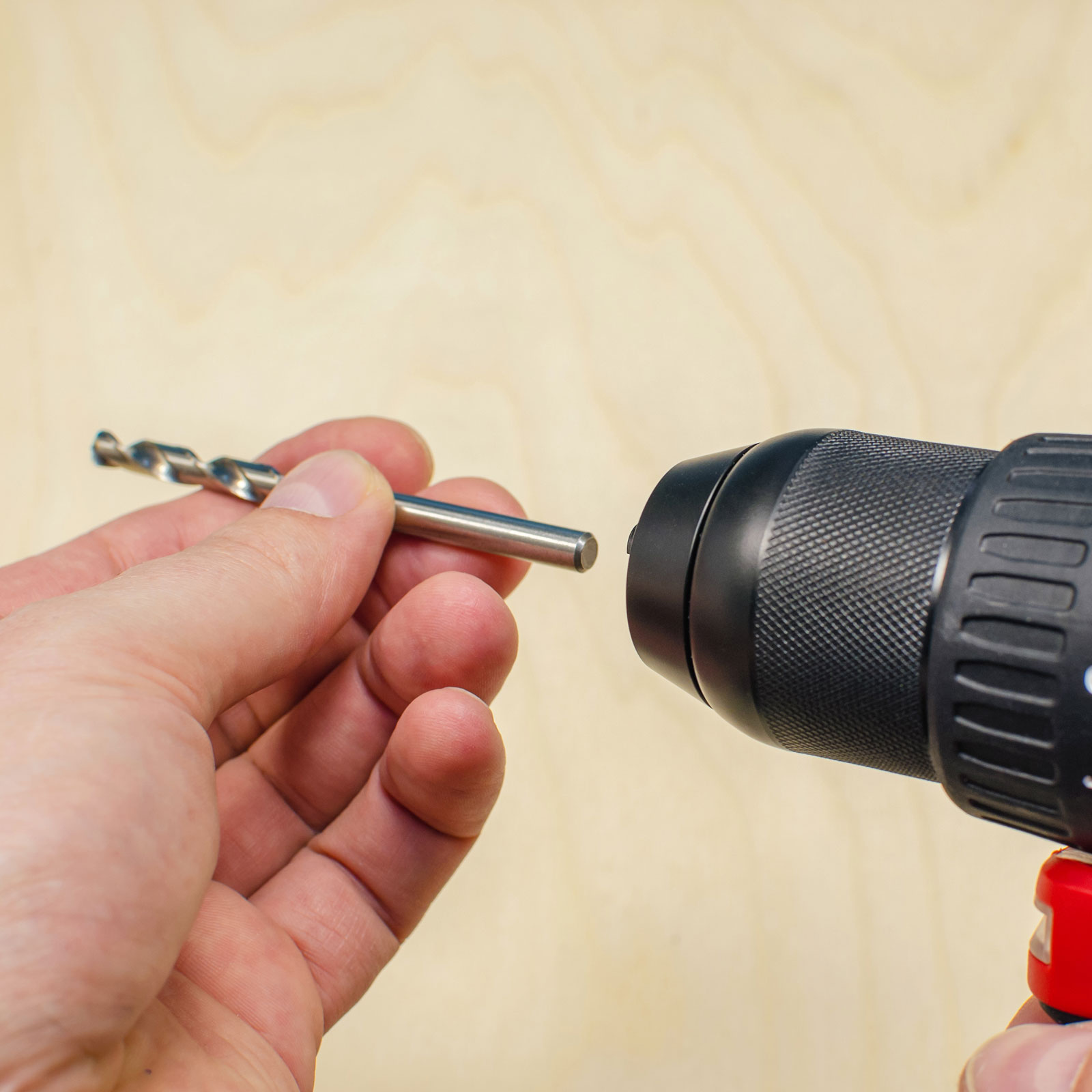
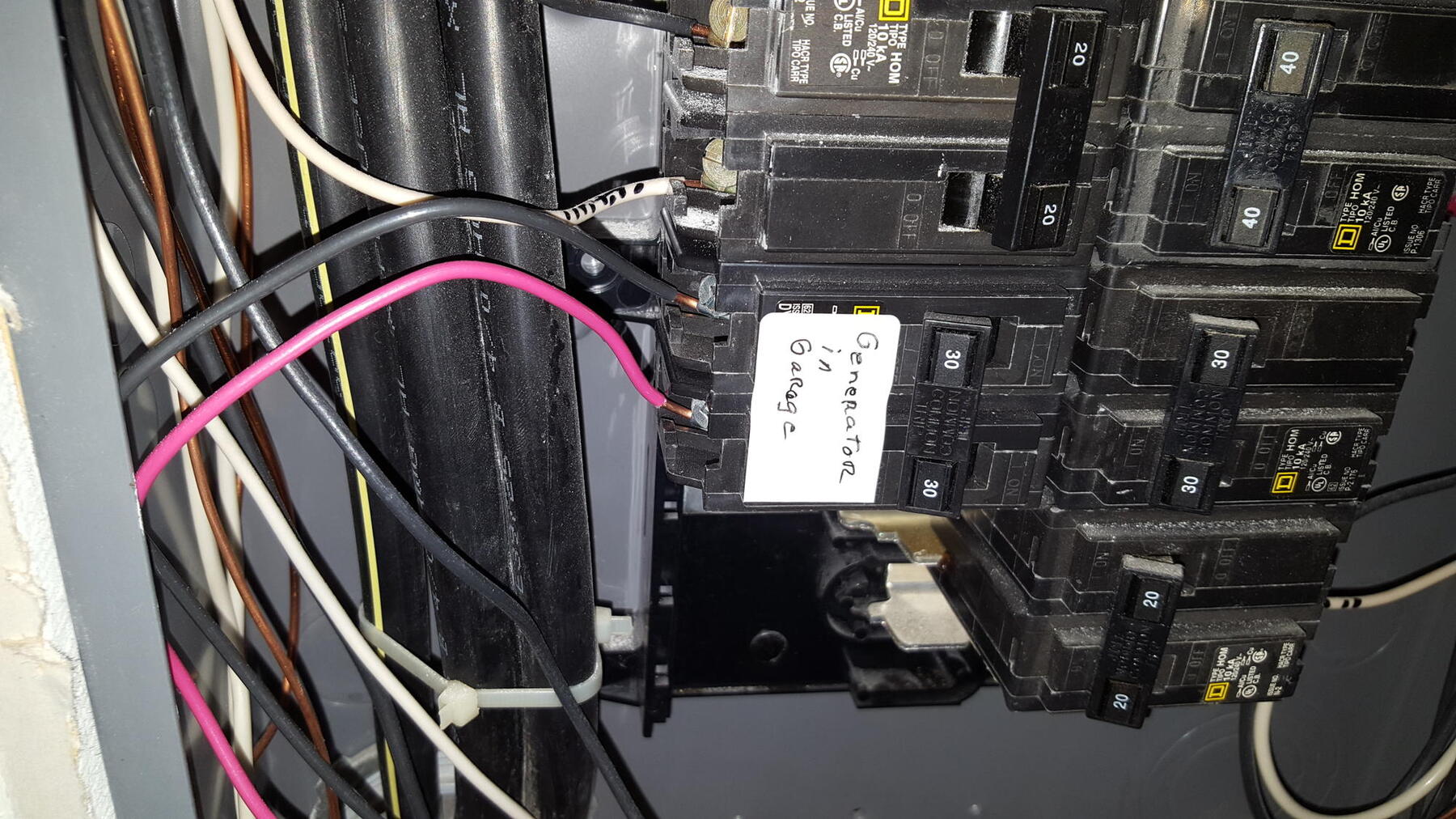
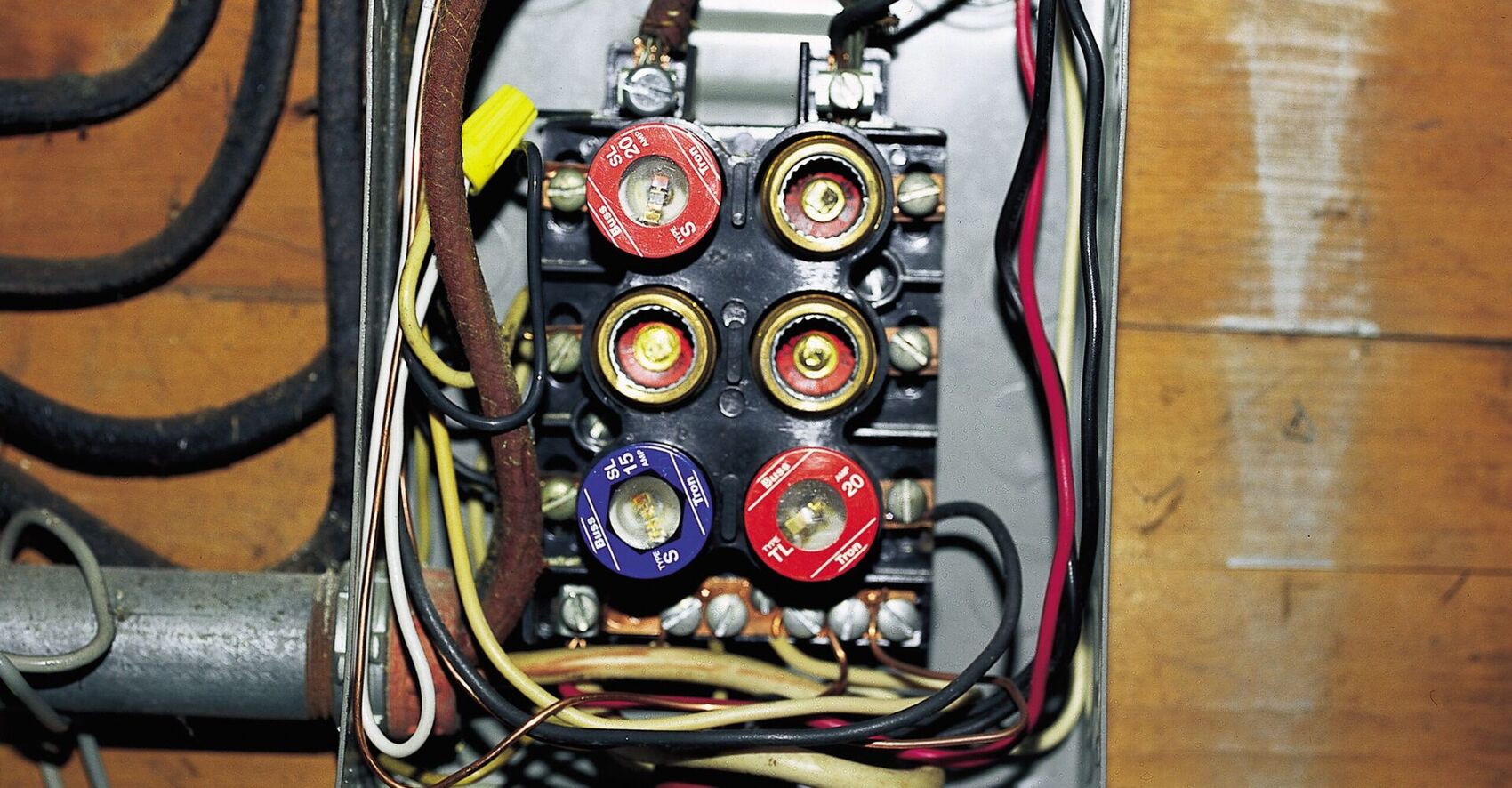

0 thoughts on “What Size Drill Bit For Running Electrical Wire”